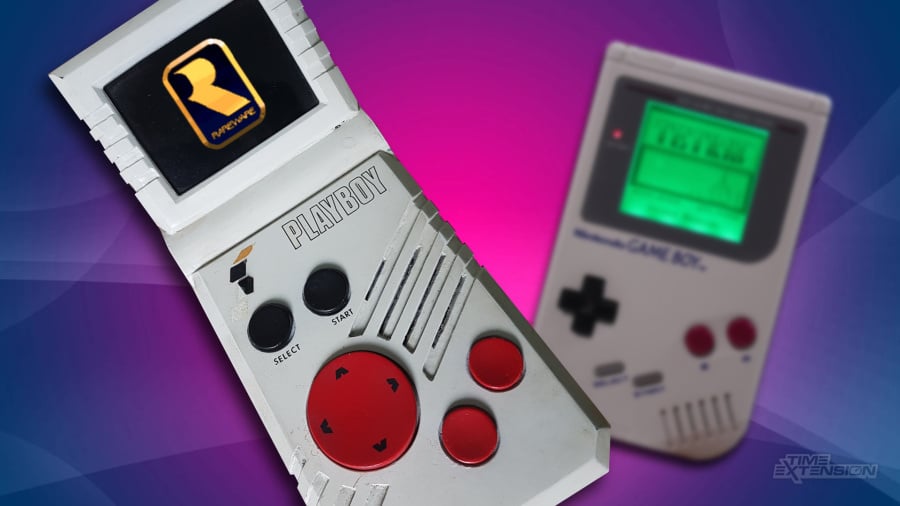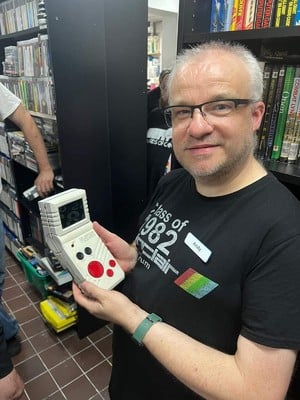
As part of our end-of-year celebrations, we're digging into the archives to pick out some of the best Time Extension content from the past year. You can check out our other republished content here. Enjoy!
UK company Rare was one of the most prolific supporters of Nintendo's NES and Game Boy consoles, even before Nintendo bought a stake in the studio. However, it's important to remember that the company held a very keen interest in hardware around this time; Rare's founders, the Stamper brothers, famously reverse-engineered the Famicom in order to convince Nintendo to give it the opportunity to make games for it, and Rare was very hands-on when it came to creating the tech which powered the Killer Instinct arcade hardware with Midway. Indeed, the Stampers were involved in arcade games prior to founding Ashby Computers and Graphics Limited (which traded as Ultimate Play The Game), the company which preceded Rare; hardware was in their DNA, you could say.
One hardware project which never came to fruition was the RAZZ arcade board. Developed around 1988, it apparently used a Zilog Z80 processor and could display thousands of on-screen colours and handle complex sprite rotation. It would ultimately be cancelled, but not before it made its way into another ill-fated hardware venture: the "Playboy" handheld. This full-colour portable would have gone toe-to-toe with the likes of the Atari Lynx and Nintendo Game Boy, had Rare's bosses not decided to ally with Nintendo and make a fortune via software instead.

Speaking to this writer for a feature on Rare's history for Red Bull Gaming back in 2013, Paul Machacek — one of the studio's longest-serving employees – explains the background of the project. "The RAZZ board was Chris Stampers’ project. It was entirely homegrown, but he and Tim had an arcade hardware background, so it wasn’t completely out of the blue. I don’t remember whose idea it was to try and turn it into a handheld device running on a few small batteries, but we did it anyway, undaunted by the short running time or bulky form-factor produced."
This was a prototype in every sense of the word. "It was a loose collection of chips suspended in thin air, squashed together carefully so that it fit inside the casing without shorting out anything," Machacek continues. "Tim was responsible for the exterior styling, and I did the software demo. It ran on some AA batteries and used a colour LCD screen ripped from a little portable TV that Tim had brought back from Japan. Then, just to ensure that we’d never be able to actually release it, we called it the Playboy."
It's tempting to think of the Playboy as a fun little diversion, a way for the Stampers to stretch their wings in the world of hardware. However, they were clearly serious about turning the machine into a fully-fledged commercial venture and Tim Stamper even took it to the Consumer Electronics Show in 1989 with the aim of attracting the attention of a larger company (Epyx did something very similar with the aforementioned Lynx, which was eventually sold as an Atari product). However, upon seeing what Nintendo was cooking up, Tim changed his mind – very wisely, you could argue.
